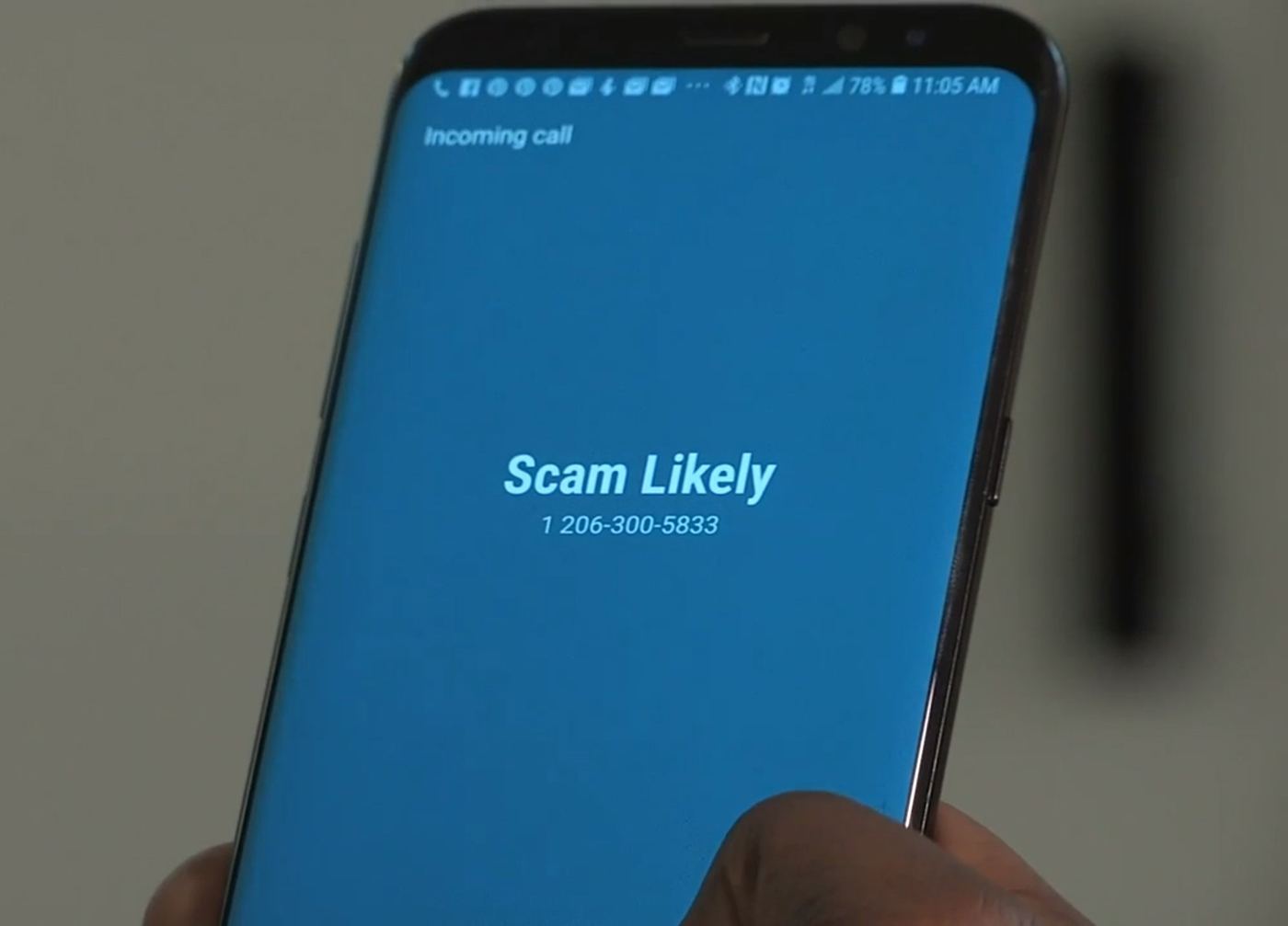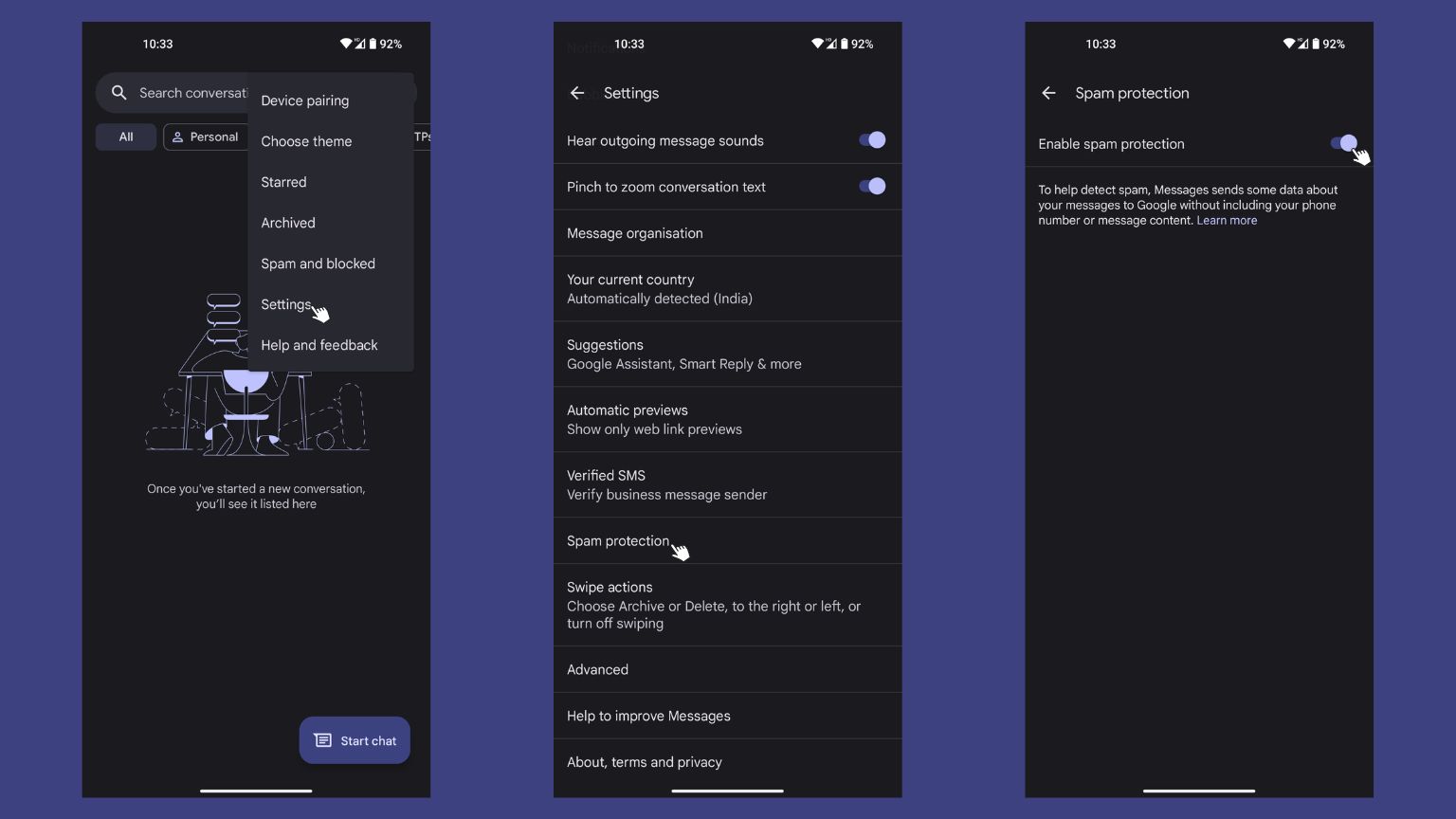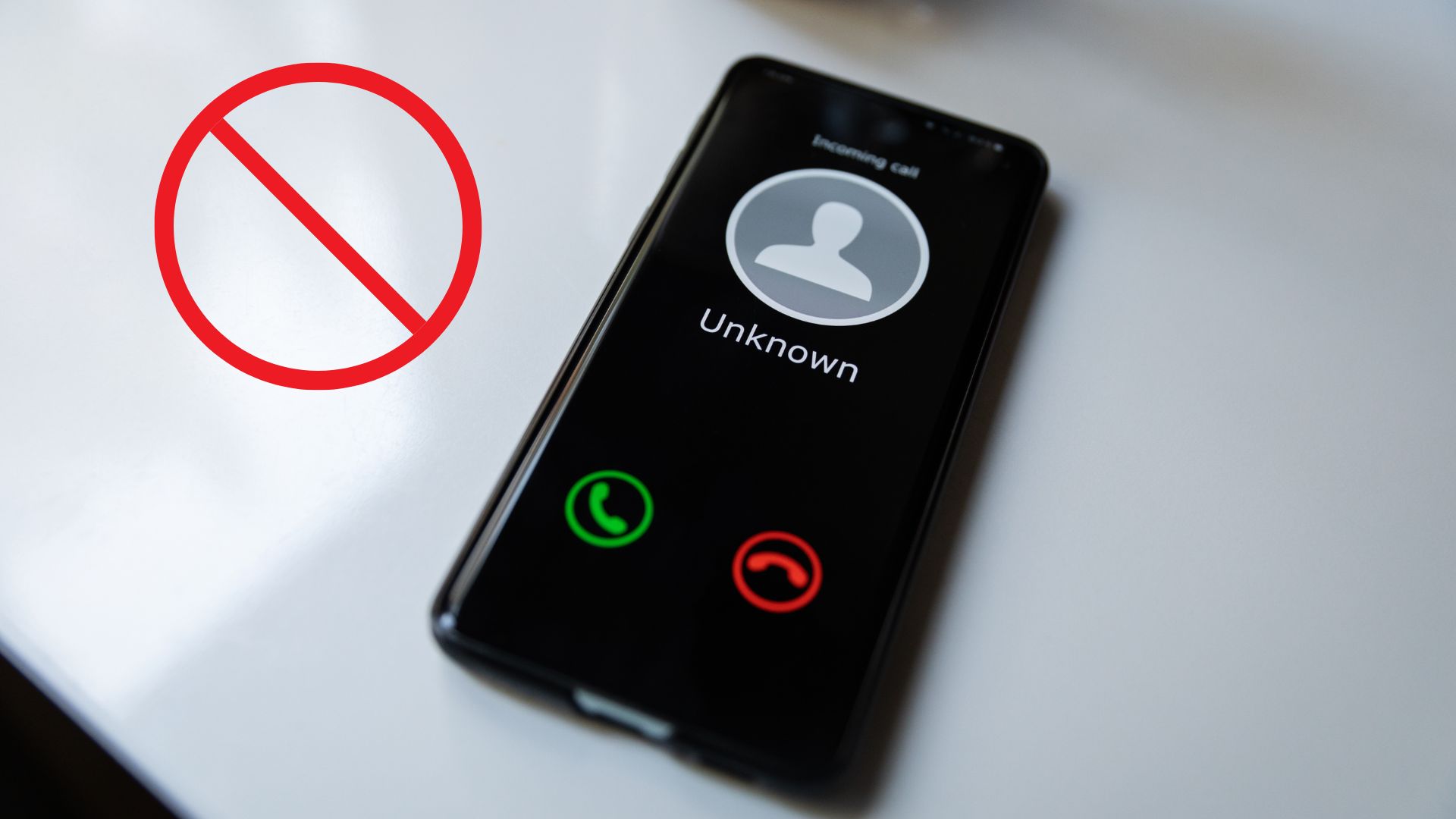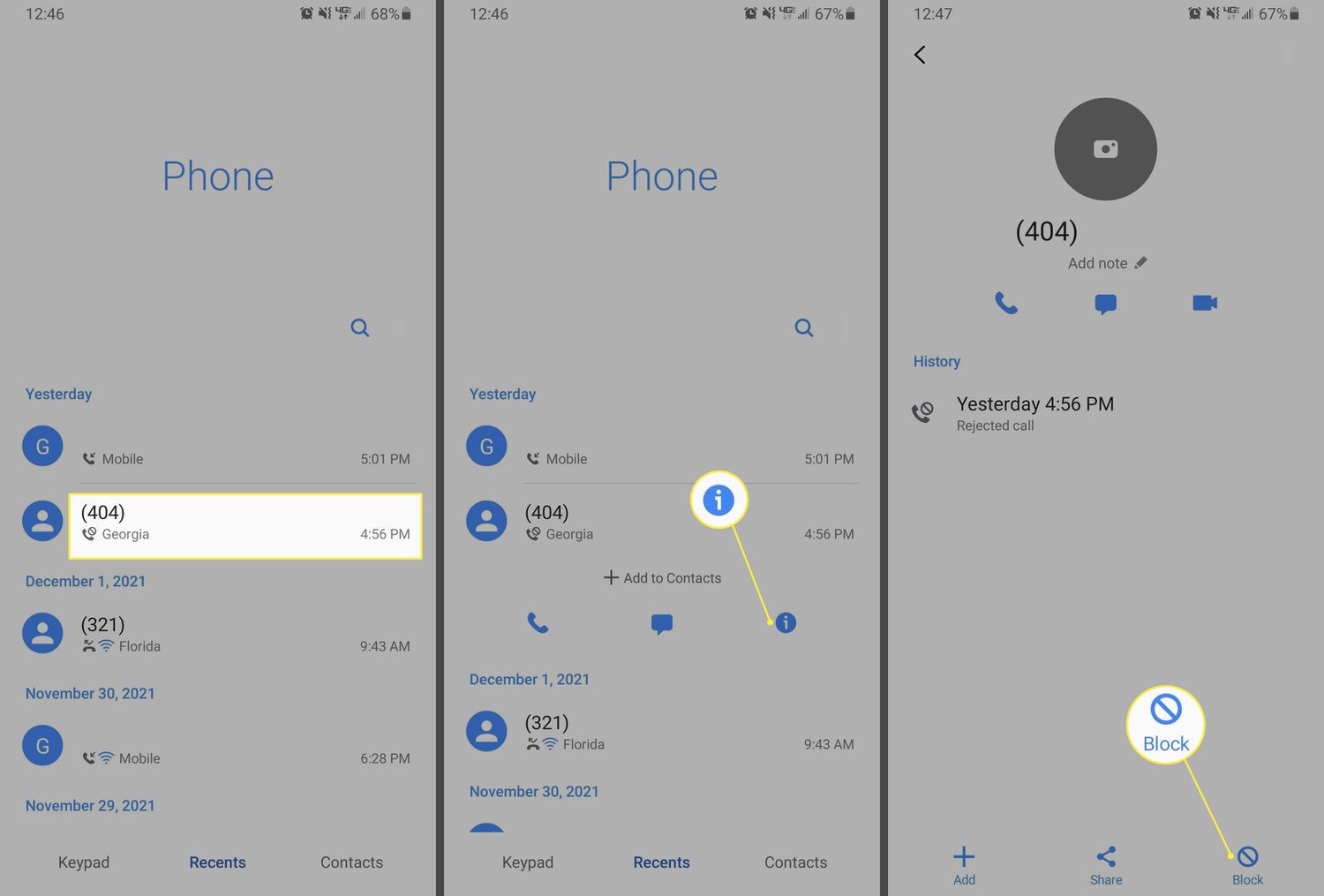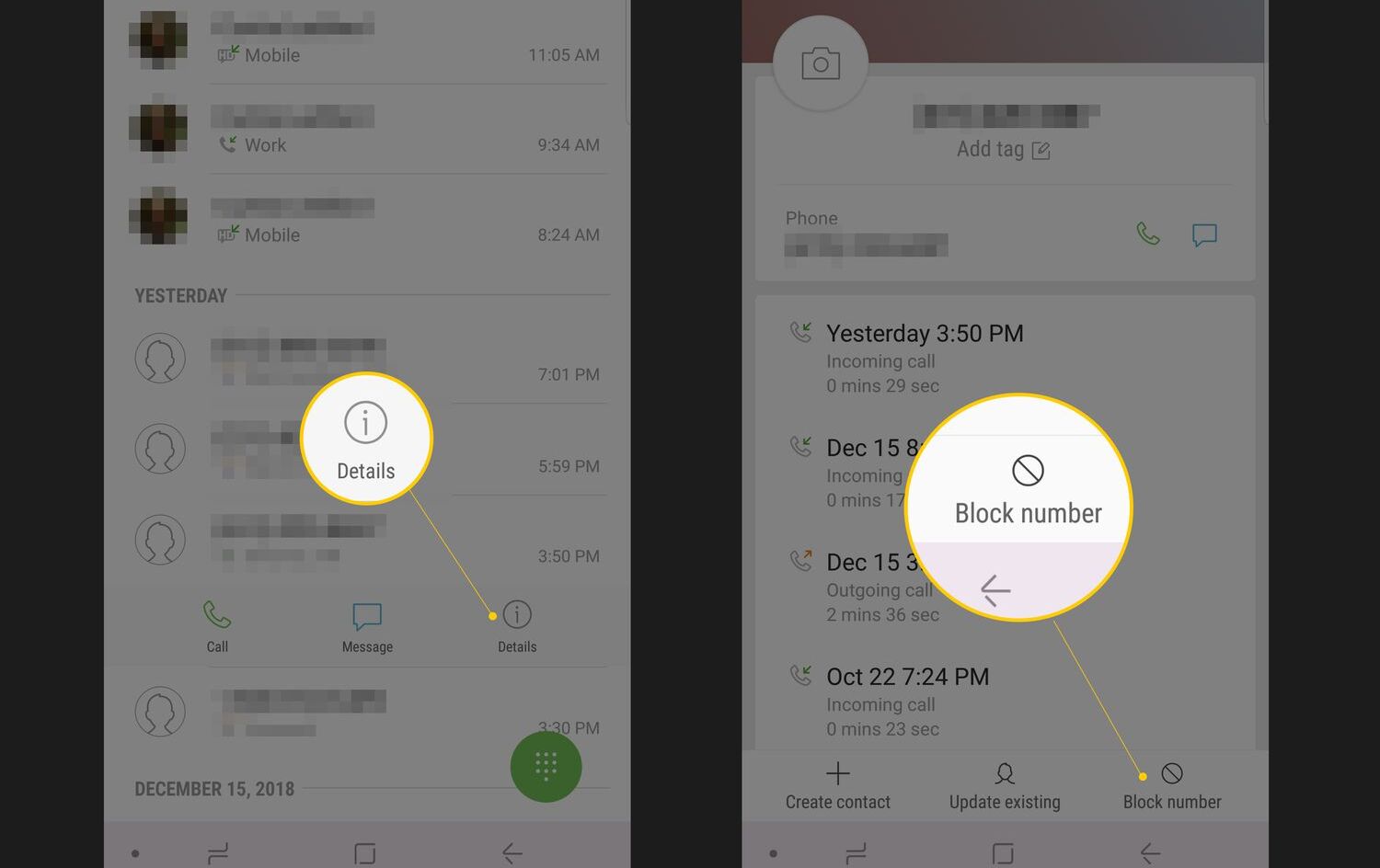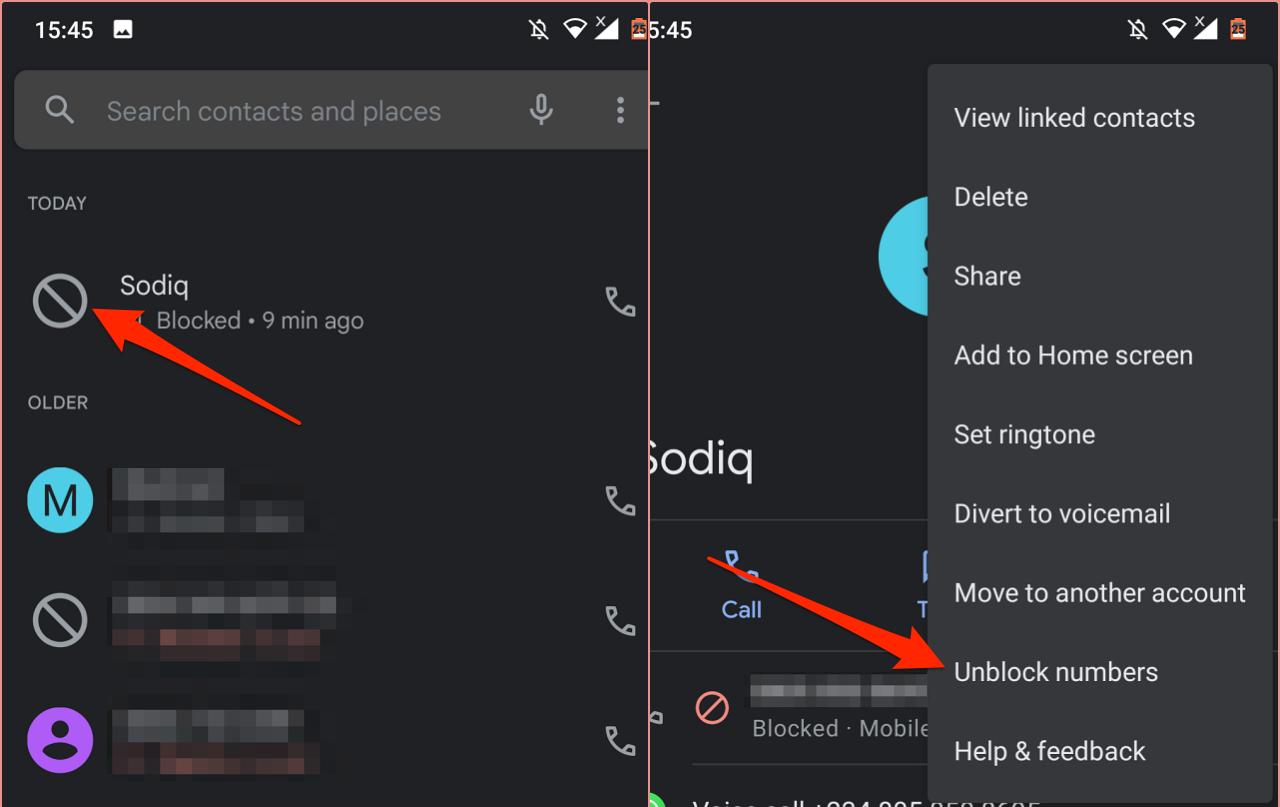Introduction
Scam likely calls have become an increasingly common nuisance for smartphone users. These calls are typically from unknown numbers and often aim to deceive or defraud unsuspecting individuals. They can range from telemarketing schemes to more malicious attempts to steal personal information. Dealing with scam likely calls can be frustrating and disruptive, but fortunately, there are methods you can employ to block them on your Android device.
In this article, we will explore various strategies to effectively block scam likely calls on your Android phone. Whether you prefer using call blocking apps, updating your Android’s built-in phone app, contacting your service provider, or utilizing third-party call filtering apps, we have you covered. By employing these methods, you can regain control over your phone and enjoy a more peaceful calling experience.
It’s important to note that while these methods can significantly reduce the number of scam likely calls you receive, they may not completely eliminate them. Scammers are constantly finding new ways to bypass call blocking measures. Nevertheless, implementing these strategies will greatly enhance your ability to avoid, ignore, and block scam likely calls on your Android device.
Understanding Scam Likely Calls
Scam likely calls are fraudulent calls designed to deceive or defraud individuals. They often appear as unknown numbers or display suspicious caller IDs such as “Scam Likely” or “Potential Spam.” These calls can come in various forms, including telemarketing scams, fake surveys, IRS impersonators, and even attempts to gather personal information such as credit card details or social security numbers.
Understanding the nature of scam likely calls is crucial in effectively dealing with them. Scammers employ various tactics such as manipulating caller IDs, using automated scripts, or even employing voice recognition software to mimic real people. They often target vulnerable individuals, seeking to exploit their trust or lack of awareness.
It’s essential to be vigilant and skeptical when receiving calls from unknown numbers. If a call seems suspicious or too good to be true, it’s likely a scam likely call. It’s important to remember that government agencies, financial institutions, or reputable companies would never request sensitive information over the phone, especially through unsolicited calls.
Scammers often prey on people’s fear, urgency, or curiosity. They may use the prospect of winning a prize, incurring penalties, or facing legal consequences to manipulate victims into providing personal information or making financial transactions.
By understanding the tactics and motives of scam likely callers, you can better protect yourself from falling victim to their nefarious schemes. The next sections will explore effective strategies to block and minimize scam likely calls on your Android device, providing you with peace of mind and a safer phone experience.
Method 1: Using Call Blocking Apps
One of the most effective ways to block scam likely calls on your Android device is by utilizing call blocking apps. These apps are specifically designed to identify and block unwanted calls, including scam likely calls, telemarketers, and robocalls.
There are several reputable call blocking apps available on the Google Play Store, such as Truecaller, Hiya, and Mr. Number. These apps offer features like automatic call detection and blocking, spam number database updates, and personalized blocking lists.
To get started, follow these simple steps:
- Open the Google Play Store on your Android device and search for a call blocking app of your choice.
- Download and install the app on your device.
- Open the call blocking app and follow the initial setup instructions.
- Allow the app to access your phone’s call log and contacts for accurate call detection.
- Enable the call blocking feature in the app’s settings.
Once the call blocking app is set up, it will automatically identify and block scam likely calls based on their known patterns and reported numbers. Some apps even allow users to report new scam numbers, contributing to a community-driven database that further enhances the effectiveness of call blocking.
Call blocking apps can significantly reduce the number of scam likely calls you receive, making them a popular choice among Android users. However, it’s important to periodically update the app and check for any new features or improvements to ensure maximum protection against scammers.
While call blocking apps provide an effective solution, they may not be foolproof. Scammers are continually evolving their tactics to bypass call blocking measures. Thus, it’s essential to remain cautious and not solely rely on call blocking apps. Implementing additional methods alongside using call blocking apps can further enhance your defense against scam likely calls.
Method 2: Updating Android’s Phone App
Another method to block scam likely calls on your Android device is by updating the phone app itself. Android periodically releases updates that include enhanced features and security patches, including call blocking capabilities.
Follow these steps to update your Android’s phone app:
- Go to the Google Play Store on your Android device.
- Tap on the three horizontal lines at the top-left corner to open the menu.
- Select “My apps & games” from the menu options.
- Under the “Updates” tab, check if there is an update available for the Phone app.
- If an update is available, tap on the “Update” button next to the Phone app to install the latest version.
- Once the update is installed, open the Phone app.
- Access the settings menu of the Phone app.
- Look for options related to call blocking or caller ID.
- Enable any call blocking features or options available.
By updating your Android’s phone app, you ensure that you have the latest security features and call blocking capabilities. These updates often include improved algorithms and databases to detect and block scam likely calls more effectively.
However, it’s important to note that not all Android devices have the same phone app or interface. The steps mentioned above may vary slightly depending on your device’s manufacturer or Android version. If you’re unsure about the process, refer to your device’s user manual or consult the manufacturer’s support documentation.
Updating your Android’s phone app is a straightforward and effective way to enhance your device’s call blocking capabilities. In combination with other methods discussed in this article, you can greatly reduce the number of scam likely calls and enjoy a more secure phone experience.
Method 3: Contact Your Service Provider
If you’re receiving persistent scam likely calls on your Android device, it’s worth reaching out to your service provider for assistance. Most service providers offer call blocking and spam protection services that can help mitigate the issue.
Here’s how you can contact your service provider to address the problem:
- Find the customer service number or contact information for your service provider. This information is usually available on their website, bill statement, or in the customer service section of your account.
- Call the customer service number and explain the issue of receiving scam likely calls on your Android device.
- Ask the representative if they have any call blocking or spam protection services available.
- If they do, inquire about the process to enable these services on your account.
- Follow any instructions given by the representative to activate the call blocking or spam protection services.
Service providers often have access to advanced tools and databases that can help identify and block scam likely calls. By utilizing these services, you can benefit from their expertise and resources to minimize unwanted calls.
Additionally, some service providers provide options for managing call settings online, such as blocking specific numbers or enabling call screening features. Explore your service provider’s online account management portal or mobile app to see if these options are available.
It’s important to note that service provider call blocking services may have limitations and may not block all scam likely calls. However, they can still provide an added layer of protection, especially when used in conjunction with other methods discussed in this article.
Ultimately, contacting your service provider demonstrates your proactive approach towards resolving the issue of scam likely calls. They are in the best position to provide guidance and support specific to your service and device, helping you create a safer calling environment for your Android device.
Method 4: Add Scam Numbers to Contacts
One simple yet effective method to deal with scam likely calls on your Android device is by adding known scam numbers to your contacts list. By doing so, you can easily identify and ignore incoming calls from these numbers in the future.
Here’s how you can add scam numbers to your contacts:
- When you receive a scam likely call, make a note of the number displayed on your screen.
- Open your Contacts app on your Android device.
- Create a new contact and enter a name for it. You can use something like “Scam Likely” or “Spam Call” to easily recognize it later.
- Enter the scam number in the phone number field of the contact.
- Save the contact.
Once the scam number is saved as a contact, any future call from that number will display the name you assigned to it (e.g., “Scam Likely”). This allows you to easily identify and ignore the call without answering or wasting time on it.
Adding scam numbers to your contacts is a simple yet effective method to filter out unwanted calls. While it doesn’t completely block the calls, it provides a visual cue that helps you make informed decisions about answering or rejecting incoming calls.
Remember to periodically review your contact list and update it with new scam numbers that may appear. Scammers frequently change their tactics and use different numbers, so staying vigilant and regularly updating your contacts can help you stay one step ahead of them.
By leveraging this method, you can maintain control over your incoming calls and reduce the annoyance caused by scam likely calls on your Android device.
Method 5: Do Not Disturb Mode
Another effective method to handle scam likely calls on your Android device is by utilizing the Do Not Disturb mode. This feature allows you to control when your device receives notifications and calls, effectively minimizing interruptions from unwanted calls.
Here’s how you can enable Do Not Disturb mode on your Android device:
- Swipe down from the top of your Android device’s screen to access the Quick Settings panel.
- Look for the Do Not Disturb icon, which usually resembles a crescent moon or a crossed-out bell.
- Tap on the Do Not Disturb icon to enable it.
- You can choose different options for Do Not Disturb mode based on your preferences. For example:
- Priority Only: This mode allows only selected calls or notifications to come through, while blocking all others.
- Alarms Only: This mode silences all calls and notifications, except for alarms.
- Total Silence: This mode blocks all calls and notifications.
- Select the desired mode and customize any additional settings according to your preference.
When Do Not Disturb mode is enabled, your device will stay silent and will not alert you for incoming calls or notifications, unless they meet the criteria set in the chosen mode. This can be especially helpful during specific times of the day when you want to avoid interruptions from scam likely calls.
It’s important to note that you can customize the settings for Do Not Disturb mode to allow calls from specific contacts, such as family members or close friends, to come through even during this mode. This ensures that important calls are not missed while still providing protection against scam likely calls.
Utilizing the Do Not Disturb mode as a method to block scam likely calls provides you with more control over your device’s notifications and calls. By enabling this feature, you can create a peaceful and uninterrupted experience, free from the annoyance and disturbance caused by unwanted calls.
Method 6: Using Third-Party Call Filtering Apps
If you’re still experiencing scam likely calls on your Android device despite employing other methods, utilizing third-party call filtering apps can provide an additional layer of protection. These apps are specifically designed to identify and block scam likely calls, providing you with a more secure calling experience.
Here’s how you can use third-party call filtering apps to block scam likely calls:
- Visit the Google Play Store on your Android device and search for reputable call filtering apps such as RoboKiller, Call Control, or Should I Answer?.
- Review the features, ratings, and user reviews of the app to ensure its effectiveness and reliability.
- Choose an app that suits your needs and download it on your device.
- Open the call filtering app and follow the setup instructions provided. These may include granting necessary permissions for call detection and blocking.
- Enable the call filtering features offered by the app, which may include automatic scam likely call detection, blacklisting numbers, or community-based blocking.
Third-party call filtering apps leverage their extensive databases and algorithms to identify and block scam likely calls in real-time. They use machine learning and crowd-sourced information to constantly update their databases and stay ahead of scammers’ tactics.
Additionally, some call filtering apps offer features such as call recordings, reporting spam numbers, or even displaying caller ID information for unknown numbers. These features can further assist in identifying and dealing with scam likely calls.
It’s important to periodically update the call filtering app and keep it running in the background for optimal performance. This ensures that the app remains effective in blocking scam likely calls as new threats emerge.
By utilizing third-party call filtering apps, you can significantly reduce the number of scam likely calls you receive on your Android device. These apps work alongside other methods discussed in this article, providing you with a comprehensive defense against unwanted calls and a more secure phone experience.
Conclusion
Dealing with scam likely calls on your Android device can be frustrating and disruptive, but there are several effective methods to block and minimize these unwanted calls. By understanding the nature of scam calls and implementing the strategies discussed in this article, you can regain control over your phone and enjoy a more peaceful calling experience.
Using call blocking apps, updating your Android’s phone app, contacting your service provider, adding scam numbers to your contacts, utilizing the Do Not Disturb mode, and using third-party call filtering apps are all viable methods to combat scam likely calls. These methods can work together to enhance your defense against scammers and reduce the number of unwanted calls you receive.
It’s essential to stay vigilant and remain skeptical of unknown numbers or suspicious calls. Be cautious when providing personal information over the phone and remember that reputable organizations would never request sensitive information through unsolicited calls.
While these methods can significantly reduce the occurrence of scam likely calls, it’s important to note that scammers are continuously evolving their tactics. Therefore, it’s crucial to stay updated with the latest practices and be proactive in implementing security measures on your Android device.
By taking the necessary steps to protect yourself from scam likely calls, you can enjoy a safer and more pleasant phone experience. Don’t let scammers disrupt your daily life – take control and ensure that your Android device remains a secure communication tool.







